The 1990s stand as a landmark decade for horror, breathing new life into the genre following a perceived slump in the late 80s. Trailblazing films and filmmakers emerged to push boundaries and freshen stagnant formulas. Tropes were subverted, tones shifted darker, and diversity surged both behind and in front of the camera. As we approach the 90s’ 30th anniversary, it’s time to revisit the decade’s most impactful and influential scare fare.
After the tongue-in-cheek self-referential turn exemplified by the Nightmare on Elm Street and Friday the 13th sequels, horror hungered for innovation. Wes Craven led the charge by deconstructing slasher conventions with his meta masterpiece Scream in 1996. Kevin Williamson’s scathingly clever script dissected and celebrated genre tropes while introducing the formidable Ghostface. Their satirical approach became hugely influential, but never overshadowed the meticulously crafted scares. Scream reignited mainstream horror interest and remains untouchable as razor-sharp satire.
In the early 1990s, a creative boom in indie horror emerged as filmmakers like Robert Rodriguez (El Mariachi) and Quentin Tarantino (Reservoir Dogs) grabbed attention on the festival circuit. Their gritty, grindhouse-inspired styles soon filtered into scary fare like From Dusk Till Dawn. This creative DIY movement encouraged bold new horror voices and transgressive visions. Directors like Richard Stanley (Hardware), Ted Demme (The Ref) and Mary Lambert (Pet Sematary) seized opportunities to push boundaries with provocative works.
Oscar-winning prestige directors also turned to horror, elevating the genre’s critical pedigree. Jonathan Demme’s Lambs delivered only the third Best Picture win to a scary film. Kubrick adapted Stephen King’s The Shining for the all-timer mental breakdown thriller. These auteurs lent horror profound new cultural prominence in the 90s.
Just as crucially, women directors finally received greater opportunities to imprint horror with their perspectives. Kathryn Bigelow’s vampire western Near Dark, Mary Lambert’s darkly poetic Pet Sematary adaptation, Jennifer Lynch’s unclassifiable Boxing Helena – their distinct voices resonated. Bigelow and Lambert in particular brought masterful craft. With increased representation, horror gained new complexity.
The 90s marked the emergence of Australia and especially New Zealand as horror hotbeds thanks to filmmakers like Peter Jackson and the Spierig Brothers. Jackson’s splatstick classics like Dead-Alive and The Frighteners made global splashes, introducing Kiwi horror humor. His Heavenly Creatures also announced Kate Winslet’s stellar talent through a chilling true crime tale. A new regional voice emerged down under.

Advances in CGI and digital filmmaking opened new creative doors in horror. For better or worse, new tech allowed visionary directors to indulge their wildest ideas. The Lawnmower Man, The Relic, and eXistenZ pioneered digital techniques that later became genre staples. Not all innovations proved worthwhile, but technological leaps advanced horror possibilities.
Most significantly, the 90s gave rise to visceral new waves of body horror and transgressive extremes. David Cronenberg’s existential parasite nightmare Videodrome set the bar high early, but directors like Takashi Miike (Audition) and Gaspar Noe (I Stand Alone) pushed shocking violence and sexuality to redefine boundaries. Controversial as it was, the taboo-shattering nature of 90s extreme horror granted the genre provocative new artistic license.
These daring films reflected society’s fracturing moral conventions. As comforting Americana faded, white picket fence stereotypes died horrific deaths. From Se7en’s bleak tail of deadly sins to Lost Highway’s fractured neo-noir psyche, darkness crept in. These were harrowingly nihilistic visions rife with despair, reflecting national anxieties. Horror turned a harsh mirror on societal ills.
Ironically, the most influential horror film of the decade was likely the most family-friendly. Animation wunderkind Tim Burton memorably adapted Washington Irving’s tale to the big screen in Sleepy Hollow, melding Burton’s twisted whimsy with stunningly realized gothic atmospherics. From the Headless Horseman to Christopher Walken’s gleefully depraved performance, Sleepy Hollow became instant seasonal classic thanks to Burton’s distinct style.
The 90s marked a high point for ambitious, auteur-driven horror. Artists like Stanley Kubrick, Tim Burton, and David Fincher imposed distinct visions that advanced genre storytelling. Trends moved beyond basic slasher formula towards psychological depth. Horror also regained mainstream prestige thanks to critical breakthroughs like The Silence of the Lambs. The decade might represent horror’s creative peak, when innovation routinely emerged.
Of course, the 90s had forgettable misfires and derivative duds like any era. But the period’s risk-taking ethos allowed horror masters to realize passion projects and bold new voices to emerge. Cinema and culture changed dramatically over this transition into a new millennium. Horror remained reliably dangerous – occasionally offensive, but never dull. The brew of societal upheaval and genre innovation resulted in an indispensable decade for scary cinema.
Here are some of the key horror films from the 1990s referenced in the article:
- Scream (1996)
- The Silence of the Lambs (1991)
- Candyman (1992)
- Misery (1990)
- The Sixth Sense (1999)
- The Blair Witch Project (1999)
- Se7en (1995)
- Interview with the Vampire (1994)
- From Dusk Till Dawn (1996)
- The Relic (1997)
- Ringu (1998)
- Sleepy Hollow (1999)
- The Frighteners (1996)
- Audition (1999)
- The Craft (1996)
- Cube (1997)
- Dellamorte Dellamore (1994)
- Tale of Two Sisters (1999)
- Pet Sematary (1992)
- Jacob’s Ladder (1990)
- Cronos (1993)
- Cemetery Man (1994)
- Lost Highway (1997)
- ExistenZ (1999)
This list captures some of the most iconic, influential, and boundary-pushing horror films that helped define the 1990s as an excellent decade for the genre. The films encompass indie gems, Hollywood blockbusters, international fare, noteworthy directorial debuts, and early work by future masters. Together they showcase the exciting breadth and innovation that reinvented horror in the 90s.

Founder and Lead Developer for Horror Facts independent horror magazine.
Husband, Sailor and Independent Writer









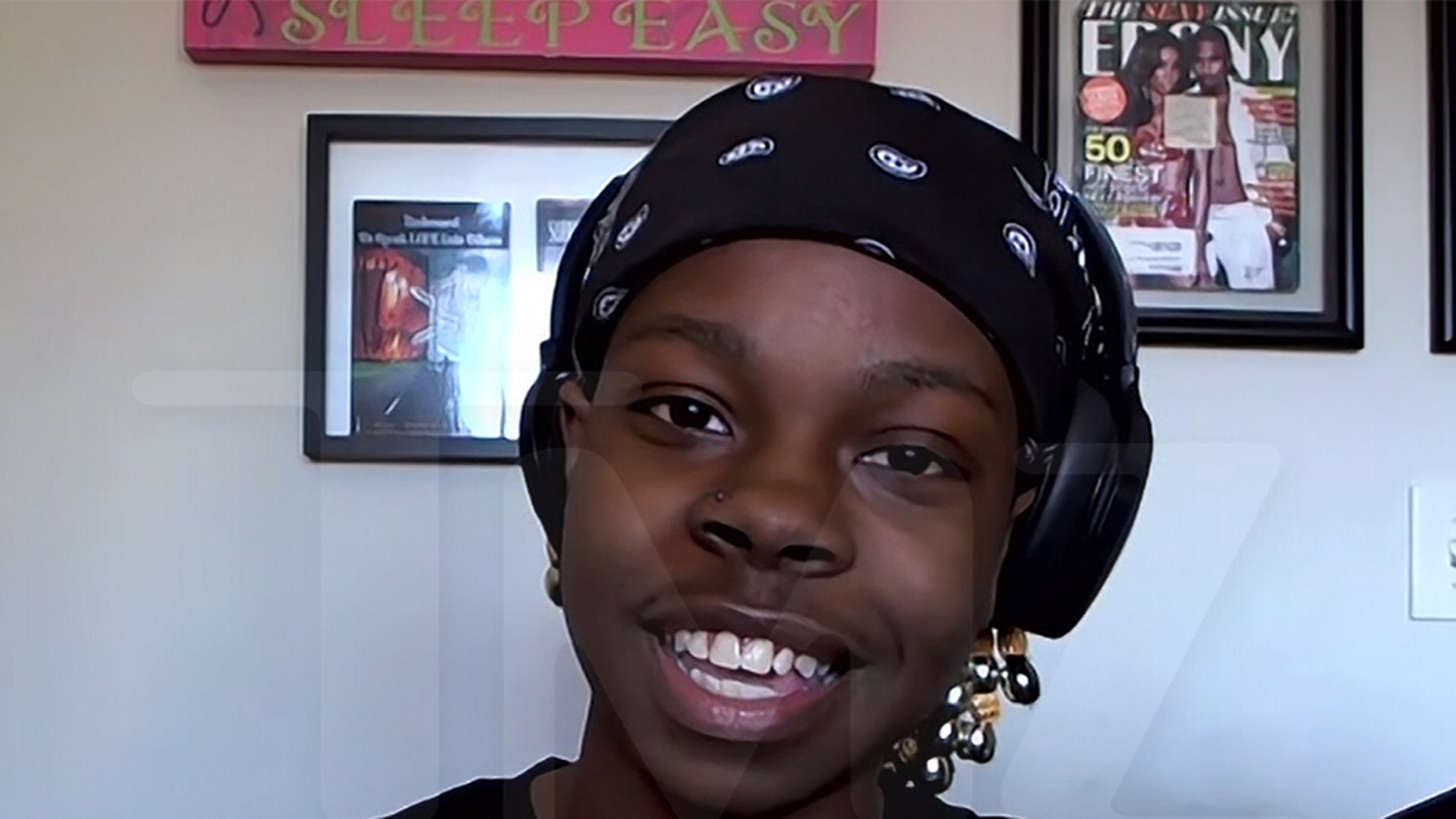



























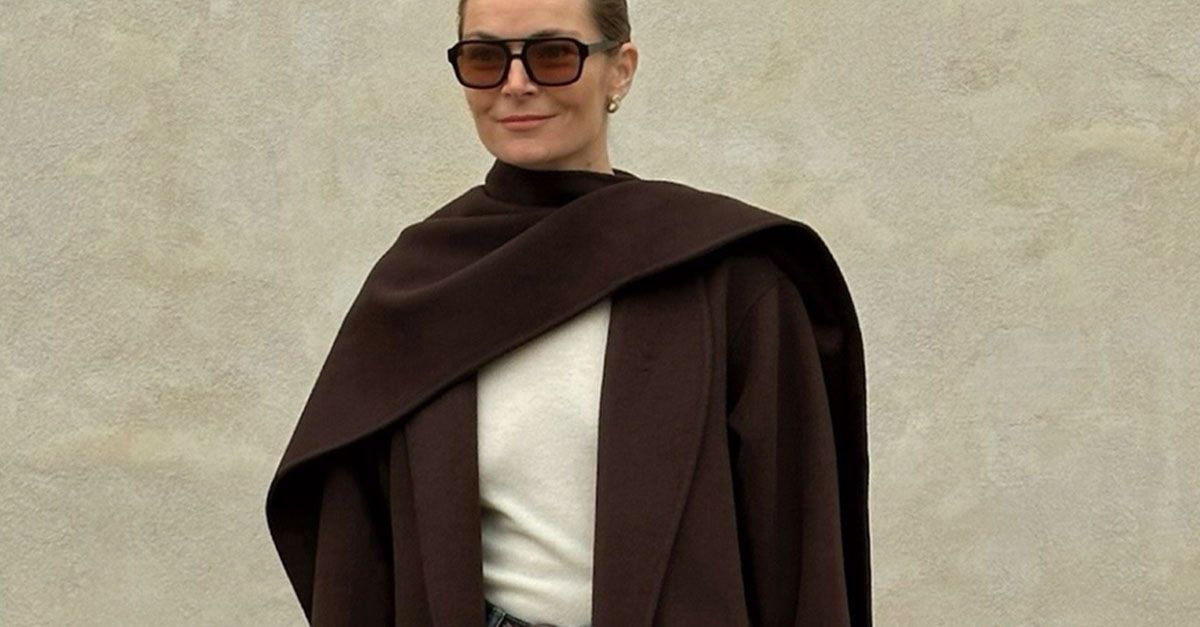







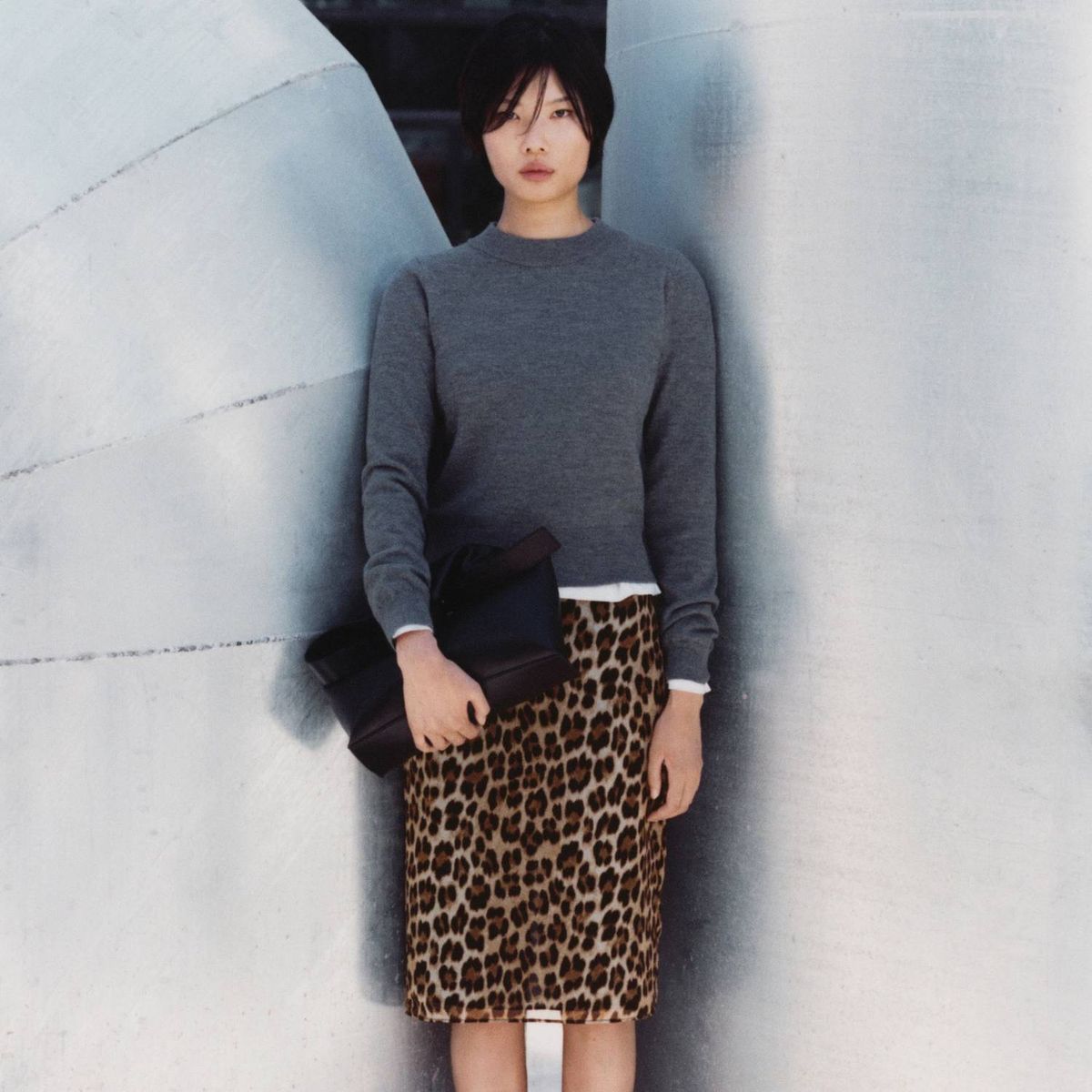




















:quality(85):upscale()/2023/08/31/719/n/1922564/f6f440cc64f0bcca6eb3e5.73262931_.jpg)
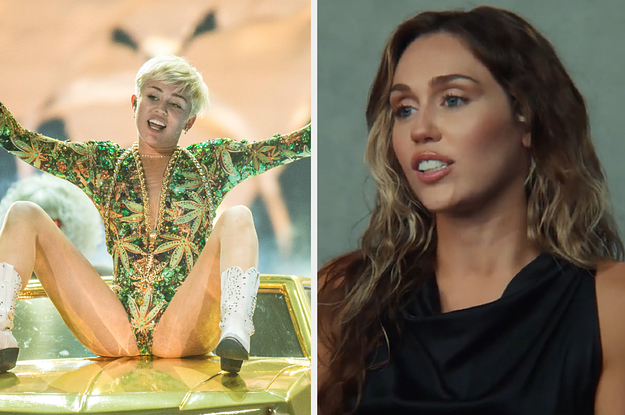
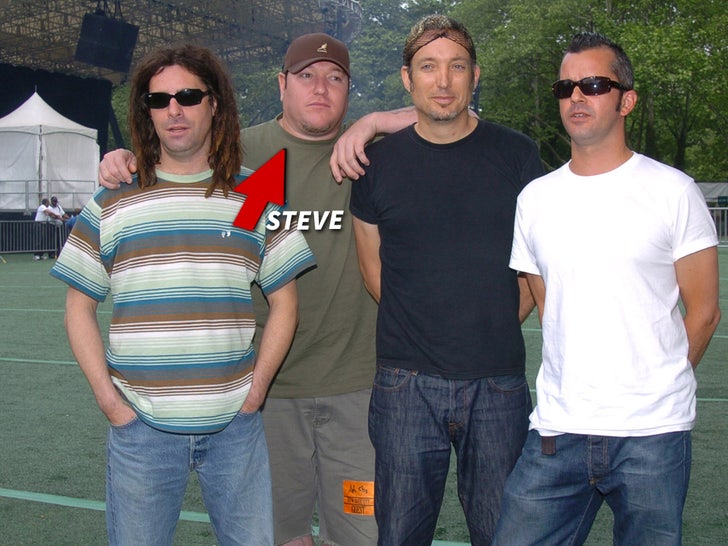


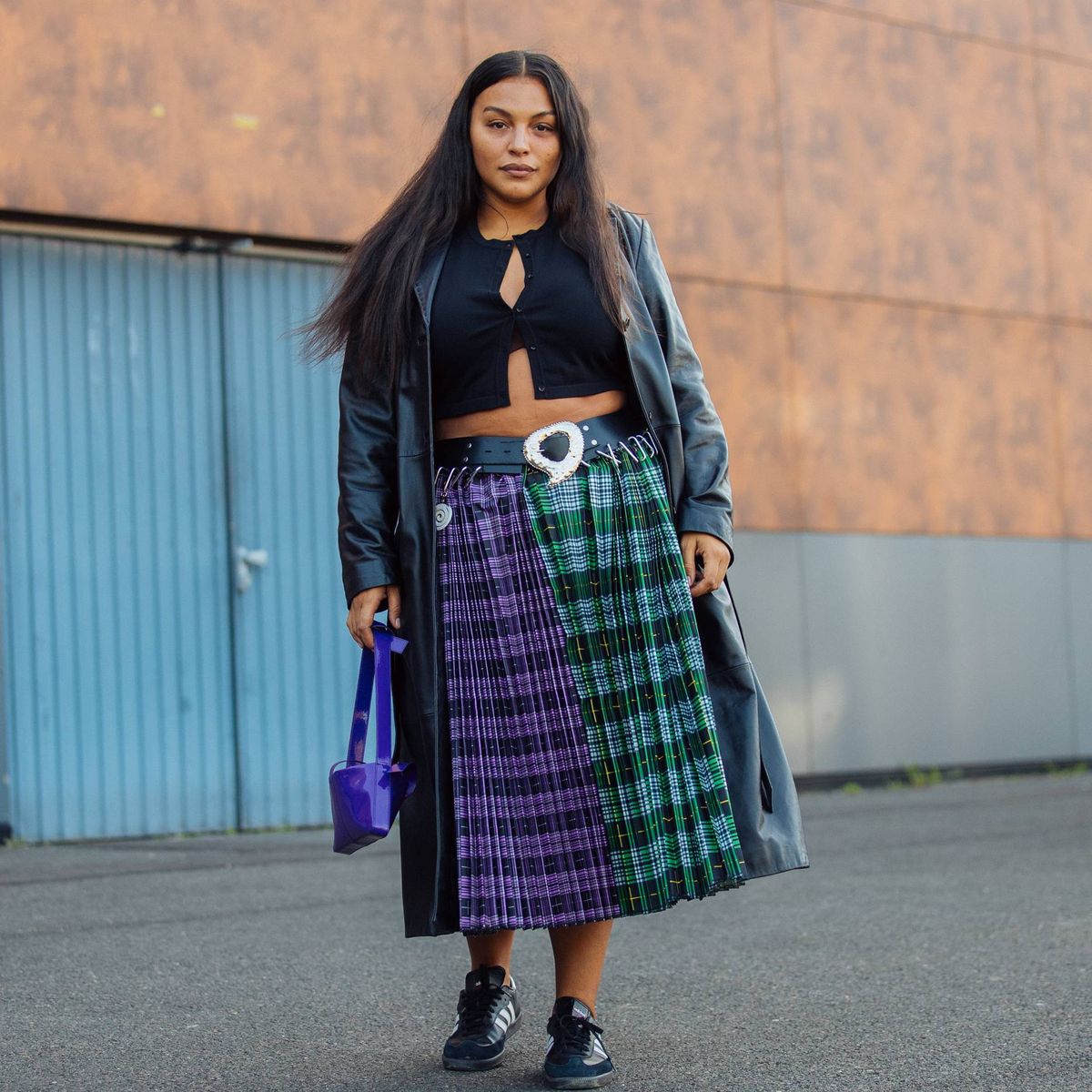
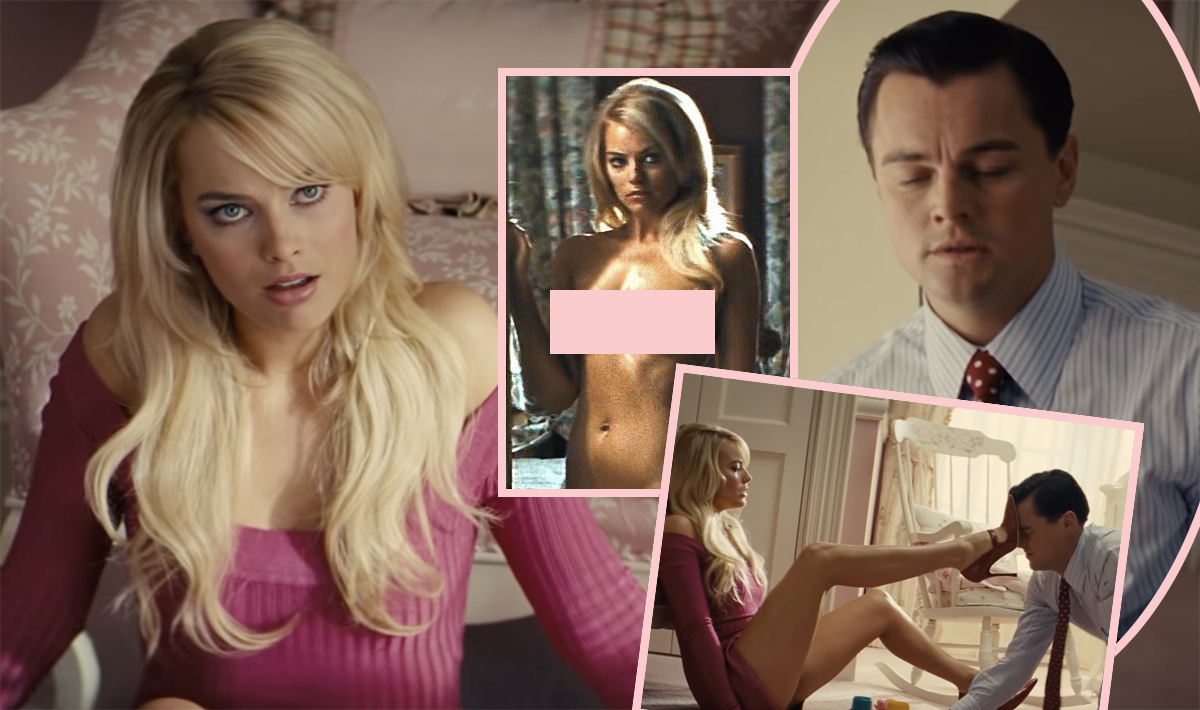


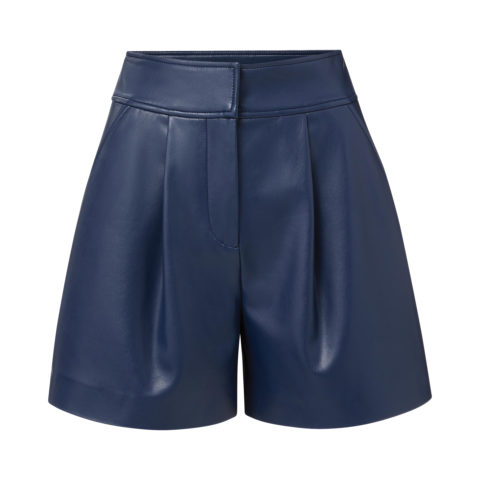
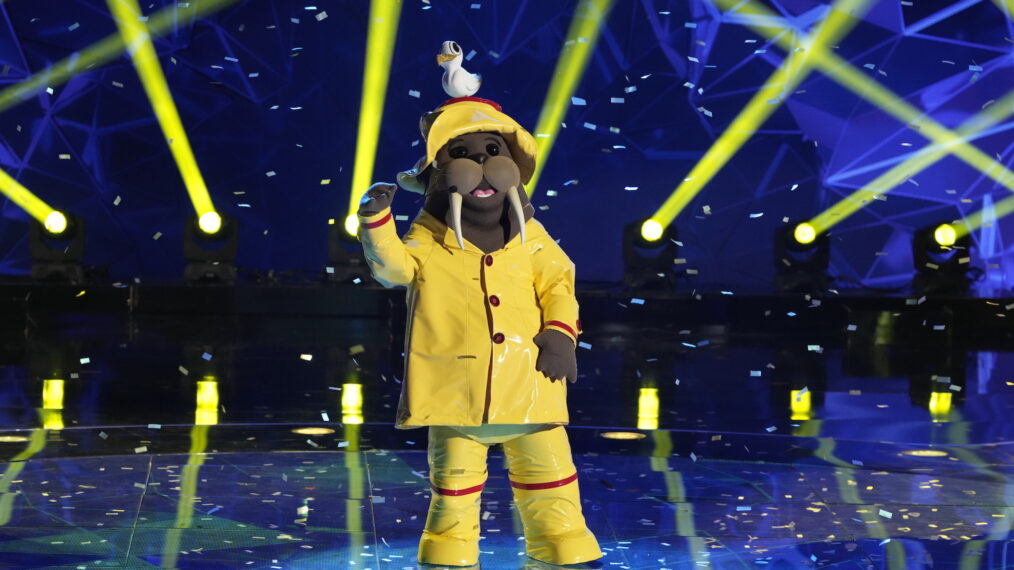
:quality(85):upscale()/2023/10/11/001/n/1922564/4547ab8e65272946e383c0.09842790_.png)




